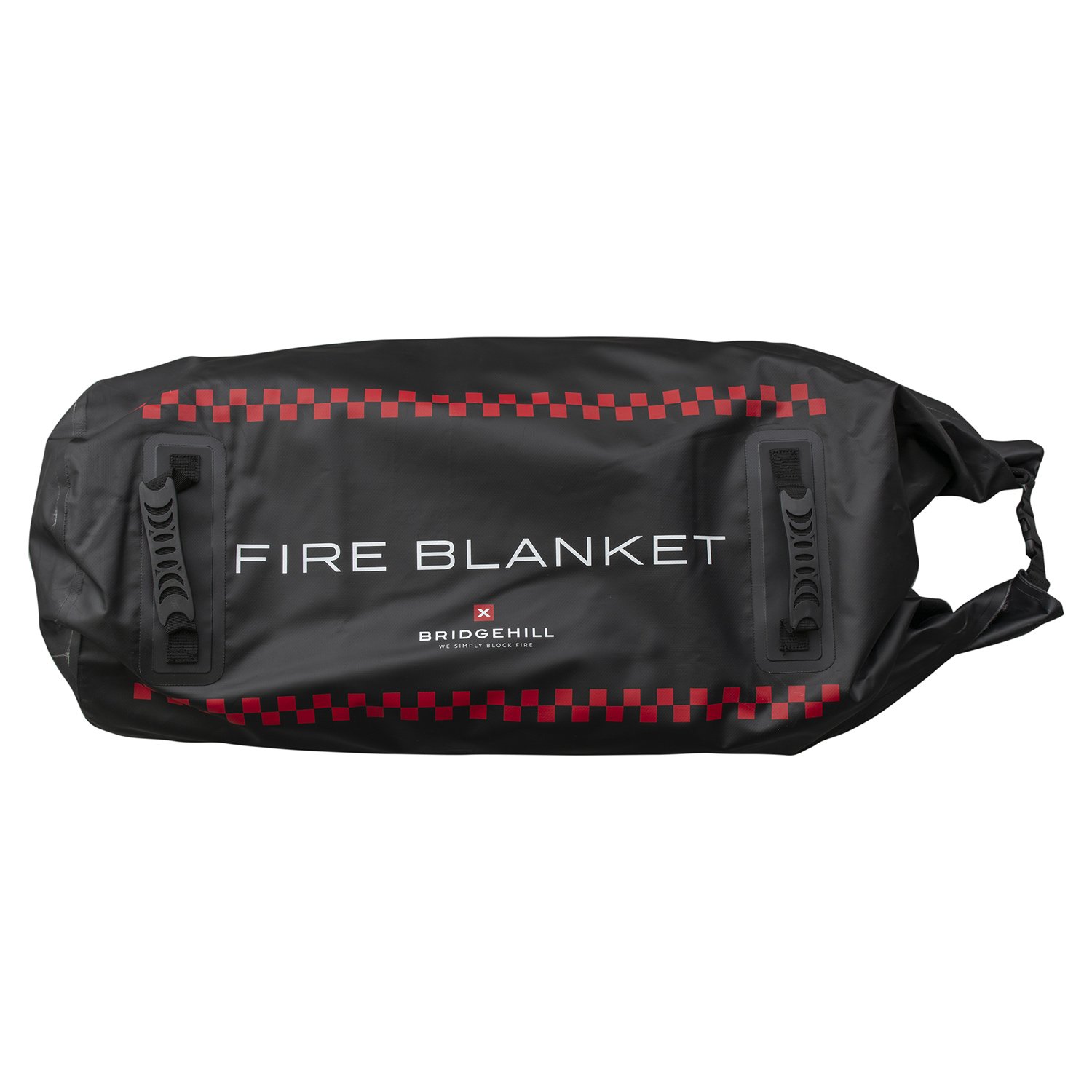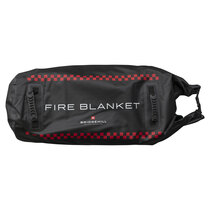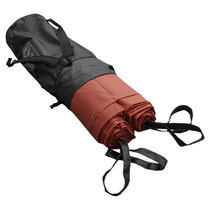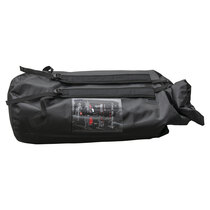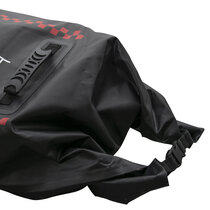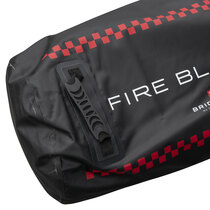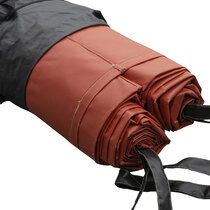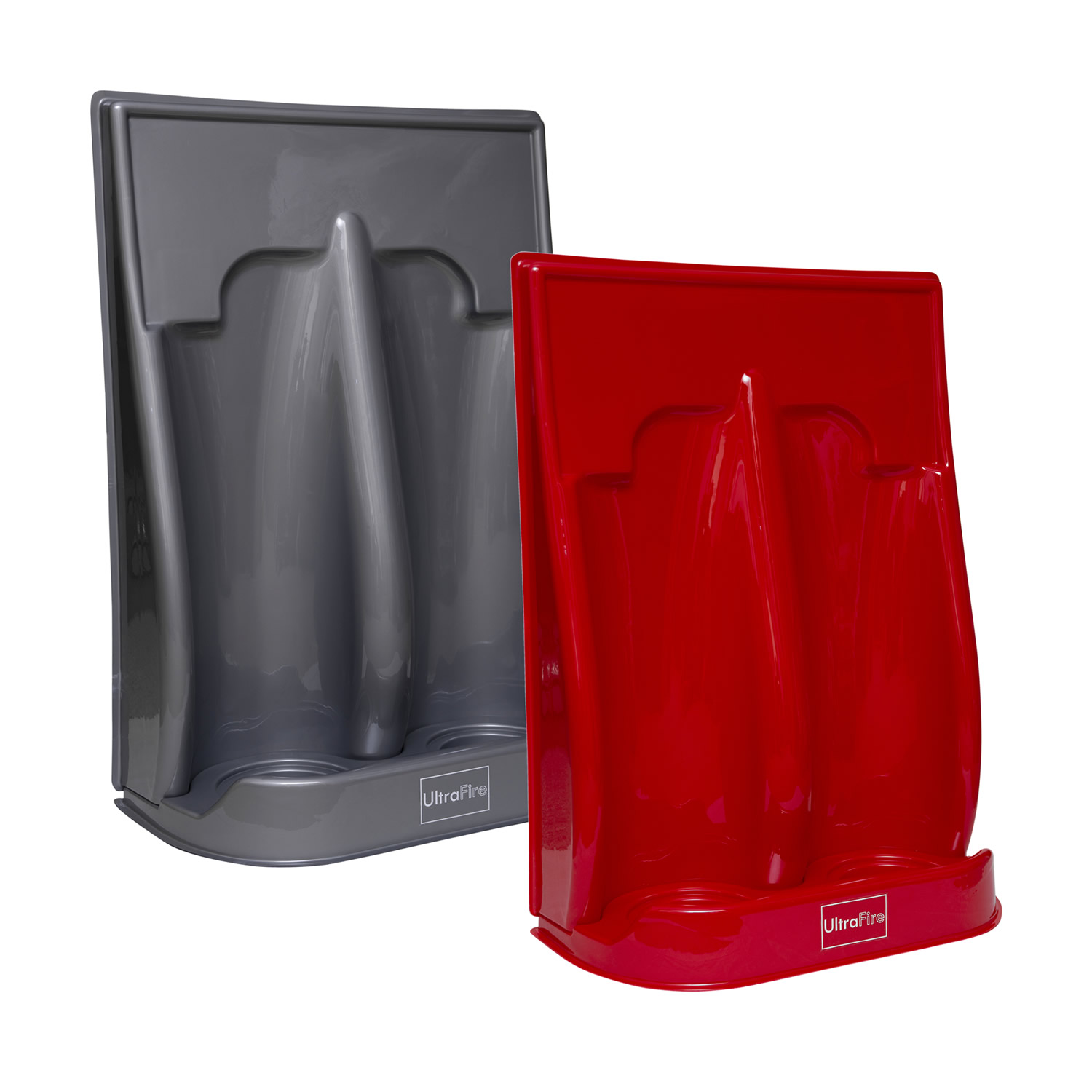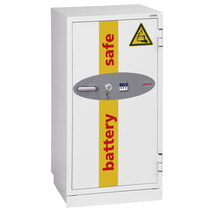-
Contact
Sales & Customer Service
0800 612 6537 support@safelincs.co.uk Live ChatDelivery Enquiries
0800 077 6149 - Resources
Fire & Safety Solutions
CALL OUR TEAM NOW 0800 612 6537
Also FREE from UK mobiles
FREE Delivery
on this product
Live Chat - Online
Instant help & Advice
Trade Discounts
and exclusive pricing
0% Credit Available
Open an account now
5 Star Customer Feedback
Car Fire Blanket for Electric Vehicles - Bridgehill
Product Overview
Deploying Safely
Technical Data
FAQs (4)
EV Vehicle fire blankets can prevent flames and flying materials emitted from a burning electric vehicle with lithium-ion batteries. Draping the Car Fire Blanket over an electric battery vehicle in thermal runaway prevents flames spreading to nearby vehicles and buildings. Stopping oxygen getting to the fire, the blanket controls any flames, enabling people to move to safety. Easy to deploy by trained personnel when smoke first develops. The single use fire blanket measures 6 metres wide, ensuring users can keep a safe distance from the fire.
- Recommended by Safelincs for use by trained personnel only
- Ideal for parking lots, charging stations, garages, dealerships, and ferries
- Made for electric vehicles
- Supplied in a waterproof carry bag with handle, shoulder straps, and two pairs of heavy duty fire-resistant gloves
- At 30kg in total weight, the blanket can be carried like a rucksack
- Pyroxene core weave with silicon polymer coating
- Designed for single use only
- Dimensions (deployed): 6 x 8m (48m²)
- Large enough for SUVs like the Volvo XC90 and Land Rover
Please note: User safety must always be a priority. If, on assessment of risk, the safety of those deploying the blanket is in doubt, retreat and leave the fire to the emergency services. Particular note should be taken of toxic fumes emitted from lithium-ion batteries in electric vehicles.
An Essential Note on the Hazards & Risks of Use versus the Potential Benefits
Recommended by Safelincs for use by trained personnel only
Like using any other type of firefighting appliance, deploying a Car Fire Blanket (CFB) carries a risk to the user. Hazards include flames, heat, smoke, toxic fumes, explosive gasses, and ejected materials. The advent of lithium-ion batteries in electric vehicles can makes these hazards even more unpredictable. Traditional vehicle fires often start and then grow quickly to engulf the vehicle. Electric vehicles with batteries in thermal runaway (meaning there will be a fire) often emit fumes and smoke first, appearing for some time to be relatively dormant and so giving an impression of relative safety. It is impossible to be entirely certain how any given situation will develop.
These fire blankets are designed and intended to protect neighbouring vehicles and structures from much of the heat generated by a burning car, the goal being to prevent a catastrophic spread of the fire that may destroy entire buildings or cost lives. This means that a balance must be struck between the risks to the persons deploying the CFB (it is a task for at least two people) and the potential consequences of not acting. The speed with which vehicle fire hazards can develop will rarely allow time for a detailed risk assessment of the scenario.
Deploying the Single Use Car Fire Blanket
If you choose to deploy the Car Fire Blanket
Before you deploy, be aware that the CFB is packed so as to be easiest to deploy when approaching the front/rear of the vehicle since this is the most common scenario. When removed from its bag, the CFB is first unrolled to a width of 6 metres, then unfolded to its length of 8 metres. This is to mirror the rough proportions of any vehicle - longer than it is wide.
- Place the fire blanket on the ground in front or behind the car and roll it out.
- Two people should grab their handle and safely pull the fire blanket over the car in one continuous movement.
- Make sure the fire blanket is tight all the way to ground. Wait at least 20 minutes.
| Product Code | XLBH100 |
|---|---|
| Brand | Bridgehill |
| Dimensions | Blanket (HxW): 6 x 8 metres Blanket in storage bag (LxWxD): 80 x 27 x 22cm |
| Operating Temperature | Working temperature: 800°C Max core temperature: 1600°C |
| Weave | Core material: Pyroxene (400gsm) Coating: Silicon polymer (150gsm) |
| Weight | Blanket only: 26kg Blanket, bag & gloves: 30kg |
| Product Datasheets |
Q. Do lithium-ion batteries explode?
A.
Yes, they can explode! Lithium-ion batteries can explode due to a chain reaction call thermal runaway. This occurs when the battery rapidly increases in temperature, usually from overcharging, exposure to extreme temperatures or moisture, or damage to the cells. Once thermal runaway begins, it will cause an internal fire in the casing which causes a build-up of toxic gases. The pressure eventually causes an explosive reaction.
Generally, lithium-ion batteries are safe to use and charge regularly, as long as they are not damaged, overcharged, or defective.
Q. How do lithium-ion batteries work?
A.
Lithium-ion batteries work by moving lithium-ions between the negative side (Anode) and positive side (Cathode), which creates an electrical current. When charging, lithium-ions move from the cathode to the anode and whilst discharging it is opposite. When the lithium-ions move during a discharge, an electrical current is created and this is what powers the device.
Q. How do you stop a lithium-ion fire?
A.
Stopping a lithium-ion fire is almost impossible due to the ferocity and unpredictable nature of these types of fires. Instead of stopping a fire, it is recommended that preventative measures are taken to ensure that a fire doesn't start. Fireproof charging and storage cabinets are an ideal solution for ensuring that all lithium-ion batteries can be charged and stored safely, even if a fire broke out. These cabinets are designed to contain the fire inside, preventing it from spreading externally.
General advice from the Fire & Rescue Service is to evacuate and get to a place of safety in the event of a lithium-ion fire. Once at a place of safety, call the emergency services and do not attempt to tackle the fire.
Q. What is the difference between a lithium battery and a lithium-ion battery?
A.
Lithium-ion batteries are rechargeable whereas lithium batteries are not. Lithium batteries are more commonly found in products that require long-term, low-power use such as smoke detectors. Lithium-ion batteries are commonly found in items that require recharging frequently such as mobile phones and laptops. Lithium batteries are made up of pure lithium metal, whereas lithium-ion batteries are made up of active materials, such as lithium cobalt oxide (LiCoO2), and do not contain pure lithium metal.
Pricing & Availability
| Model | Stock | Price |
|---|---|---|
| Product Code: XLBH100 |
Stock Level:
Available for pre-order Expected dispatch: 7th Jan
|
Price:
£1,999.99 inc VAT £1,666.66 ex VAT |
Delivery Options
The following delivery options are available on this product.
Looking for more information?
If you have any questions or would like more information about this product you can ask one of our specialists.
Live Chat Available Now
Direct Telephone
01507 464180




















